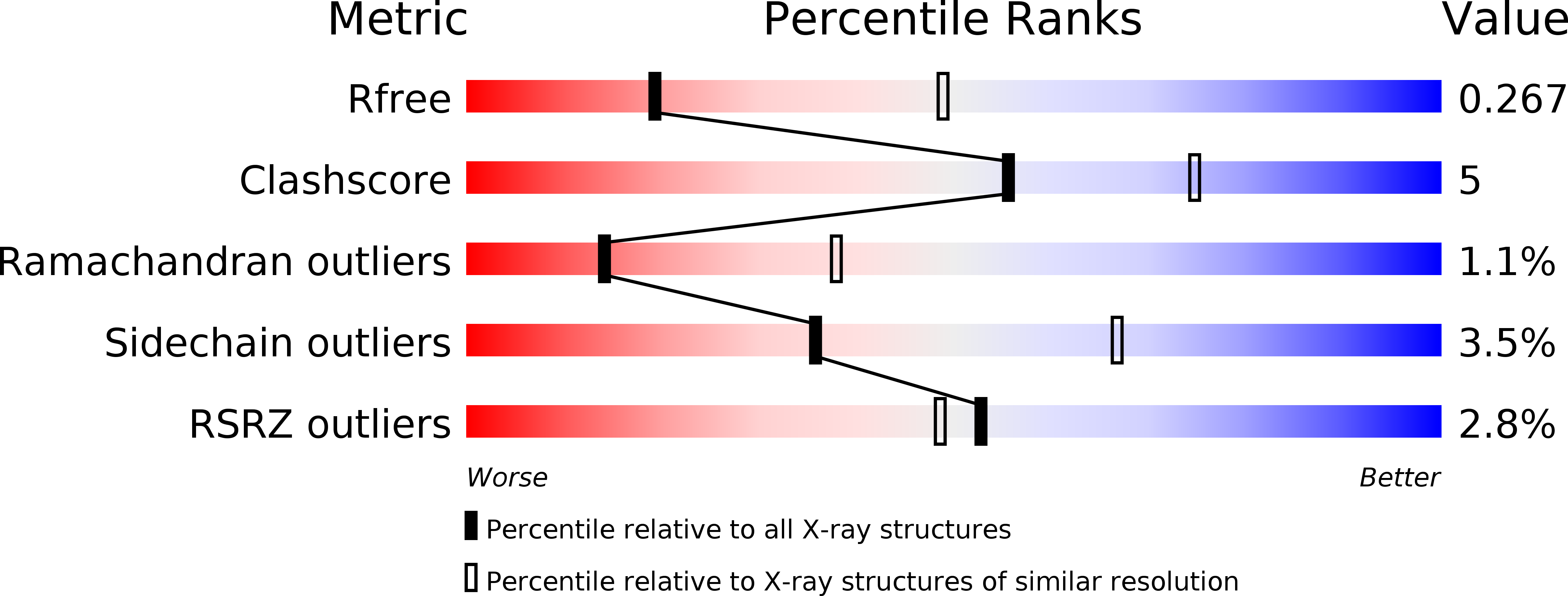
Deposition Date
2007-02-02
Release Date
2007-02-27
Last Version Date
2024-11-20
Entry Detail
PDB ID:
2JFM
Keywords:
Title:
CRYSTAL STRUCTURE OF HUMAN STE20-LIKE KINASE (UNLIGANDED FORM)
Biological Source:
Source Organism:
HOMO SAPIENS (Taxon ID: 9606)
Host Organism:
Method Details:
Experimental Method:
Resolution:
2.85 Å
R-Value Free:
0.27
R-Value Work:
0.23
R-Value Observed:
0.23
Space Group:
P 61 2 2


